- Home
- ::
- Pakistan’s 2,000MW Power Grant for Crypto Mining - What It Means for the Industry
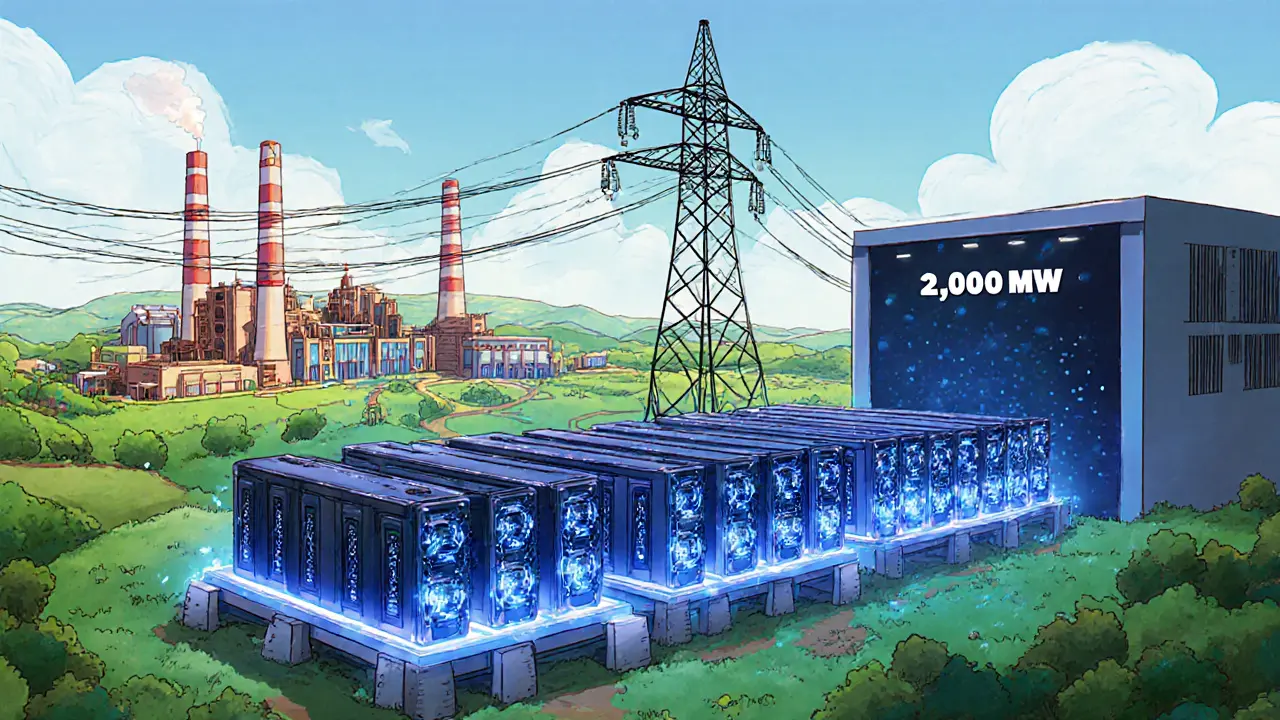
Pakistan’s 2,000MW Power Grant for Crypto Mining - What It Means for the Industry
Pakistan Crypto Mining Power Calculator
Mining Parameters
Estimated Results
Annual BTC Production: 0 BTC
Annual Revenue: PKR 0
Annual Cost: PKR 0
Profit Margin: 0%
Power Utilization: 0%
Efficiency Factor: 0 J/TH
When the Pakistan government announced a 2,000MW power grant for cryptocurrency mining in May2025, the move sent shockwaves through the global mining community. The plan ties together surplus electricity, a fledgling regulatory framework, and big‑name advisers to create what could become one of the world’s largest state‑backed mining operations.
Why Pakistan Is Turning Surplus Power into Bitcoin
Pakistan currently sits on about 7,000MW of idle generation capacity, most of it coal‑fired plants running at a fraction of their design output. Pakistan Crypto Council a government‑created body under the Ministry of Finance that coordinates crypto‑related projects sees this under‑utilisation as a revenue opportunity. By allocating 2,000MW-roughly 28.5% of the surplus-to Bitcoin mining and AI data centers, officials hope to turn “dead‑weight” electricity into billions of rupees of foreign exchange.
Key Players and Their Roles
The initiative is spearheaded by Finance Minister Muhammad Aurangzeb the senior cabinet member who championed the power‑allocation bill. Beside him, Bilal Bin Saqib Special Assistant to the Prime Minister on Blockchain and Crypto, responsible for policy rollout handles the regulatory side. Internationally, Changpeng Zhao co‑founder of Binance and strategic adviser to the Pakistan Crypto Council brings market credibility and technical know‑how.
Electricity Pricing - The Subsidy Debate
The government pushed a subsidised rate of 23‑24PKR per kWh (≈$0.08) for mining farms. That price sits comfortably between the global low of $0.03 in ultra‑cheap hydro regions and the high end of $0.15 in oil‑dependent markets. To illustrate the competitive edge, see the table below.
| Country / Region | Typical Rate | Key Energy Source |
|---|---|---|
| Pakistan (proposed) | $0.08 | Coal + Solar Mix |
| China (pre‑ban) | $0.04 | Hydropower |
| Kazakhstan | $0.06 | Coal |
| United States (Texas) | $0.12 | Natural Gas |
| Canada (Québec) | $0.03 | Hydro |
Projected Output and Economic Impact
Bitcoin mining researcher DanielBatten estimates the 2,000MW allocation could generate 17,000BTC per year-about $1.8billion at October2025 spot prices. Even a modest 10% utilisation would still net roughly $180million annually, enough to offset the idle‑plant losses that cost Pakistan around 2.8trillion PKR each year.
Beyond direct revenue, the plan aims to create thousands of high‑skill jobs in hardware maintenance, data‑center management, and AI research. Existing data‑center operators-PTCL Pakistan Telecommunication Company Limited, a leading telecom and data‑center provider, Multinet, Chapal, Supernet, Cybernet, Vision Telecom-are already positioned to host mining rigs alongside AI workloads.

Regulatory Landscape and IMF Concerns
The International Monetary Fund (IMF) has flagged the subsidy structure as a potential market distortion. International Monetary Fund global watchdog that monitors macro‑economic policies, currently in talks with Pakistan over the mining subsidy worries about the ability to phase out subsidies without hurting investors. IMF staff have asked how the government plans to transition to market‑based rates once the pilot proves profitable.
Pakistani officials counter that the subsidy is temporary-designed to attract capital while the power sector stabilises. Both sides remain in “informational discussions”, according to public statements in July2025.
Technical Challenges and Grid Management
Running 2,000MW of mining hardware 24/7 puts pressure on transmission lines already stretched by residential demand spikes. The power‑division must ensure that mining farms do not jeopardise grid stability. Key technical tasks include:
- Integrating real‑time load‑balancing software that can throttle mining rigs during peak demand.
- Deploying on‑site renewable generators (solar or wind) to offset the carbon footprint of coal‑based mining.
- Upgrading substations in Lahore, Karachi, and Islamabad to handle the extra load.
Training programs are being set up for engineers to understand blockchain‑specific power consumption patterns, a skill set that traditionally does not feature in utility curricula.
Comparing Pakistan’s Model to Other Mining Hubs
China’s 2021 ban forced miners to relocate, creating a vacuum that countries like Kazakhstan, Russia, and the United States filled. Pakistan’s approach differs in two ways:
- State‑backed subsidy rather than purely market‑driven incentives.
- Co‑location of AI data centres, aiming to create a “digital bridge” between Asia, Europe, and the Middle East.
While Kenya and Ethiopia are experimenting with renewable‑only mining, Pakistan relies on a mixed coal‑solar portfolio, giving it flexibility but also exposing it to environmental scrutiny.
What This Means for Investors
Foreign mining operators view the offer as a low‑cost entry point, especially given the $0.08/kWh rate and the possibility of tax holidays. However, they must weigh the IMF‑related regulatory risk. The presence of Binance co‑founder Changpeng Zhao as adviser signals strong industry backing, potentially smoothing over financing hurdles.
For venture capitalists, the broader ecosystem-AI data centres, telecom partners, and a nascent crypto regulatory framework-offers a diversified exposure beyond pure mining revenue.
Next Steps and Timeline
The rollout is divided into three phases:
- Phase1 (Q42025 - Q22026): Commission 500MW of mining capacity, test grid‑stability protocols, and finalize subsidy unwind plan.
- Phase2 (2026‑2027): Scale to the full 2,000MW, integrate AI workloads, and attract at least three major international operators.
- Phase3 (2028+): Review performance, negotiate permanent electricity pricing, and consider expanding to renewable‑only mining farms.
Stakeholders are advised to monitor IMF statements and the Pakistan Crypto Council’s monthly updates for any shifts in policy or pricing.
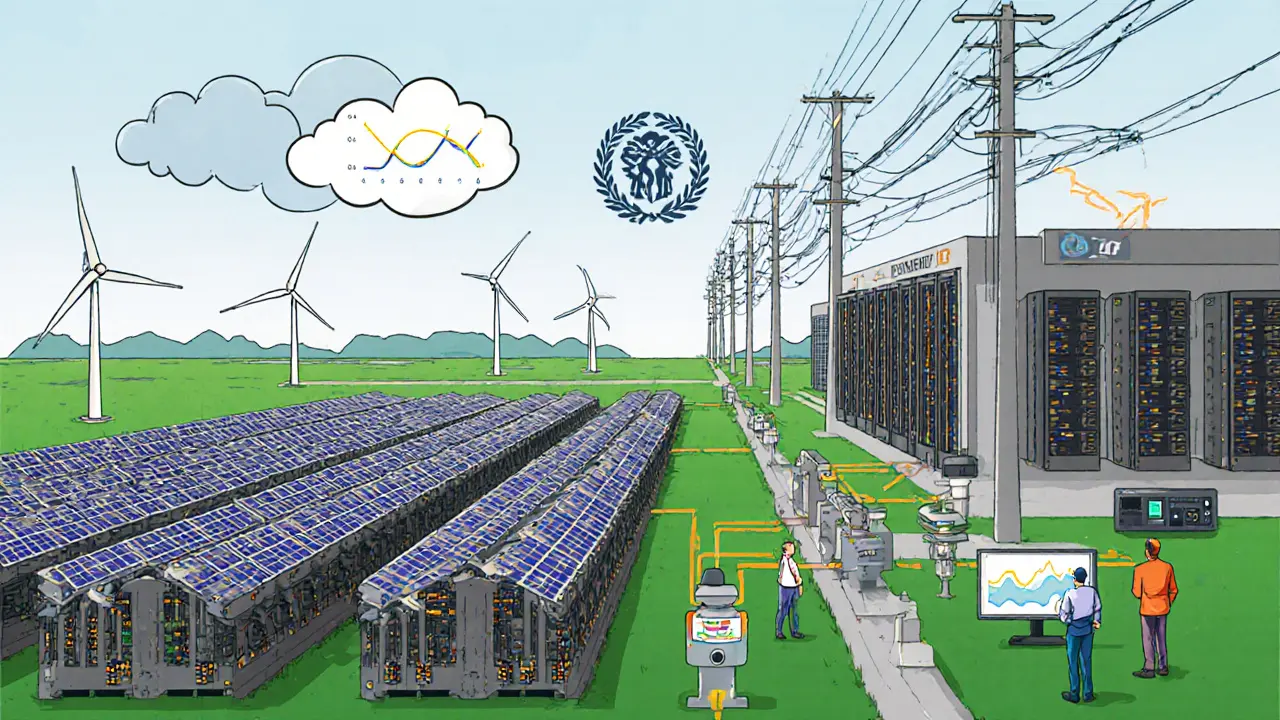
Frequently Asked Questions
How much Bitcoin can 2,000MW actually produce?
At current network difficulty, 2,000MW of efficient ASICs can mine roughly 17,000BTC per year, translating to about $1.8billion at October2025 prices.
What is the proposed electricity rate for miners?
The government has set a subsidised rate of 23‑24PKR per kWh, roughly $0.08, for the first three years of operation.
Will the IMF block the project?
The IMF has expressed concerns about the subsidy’s sustainability but has not issued a formal veto. Ongoing technical discussions aim to align the program with macro‑economic goals.
Can foreign miners set up operations without a local partner?
Regulations require a Pakistani entity to hold the mining licence. Most foreign firms are partnering with local telecom or data‑centre owners like PTCL.
What happens to the subsidy after Phase1?
The plan calls for a gradual transition to market‑based rates over a three‑year period, contingent on IMF approval and grid‑stability metrics.


 Finance
Finance

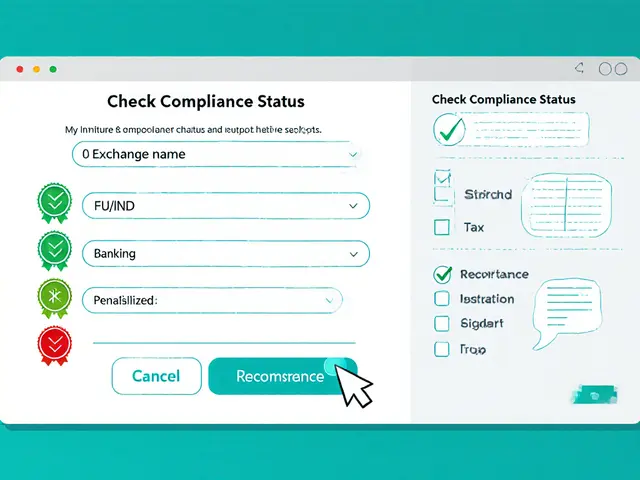

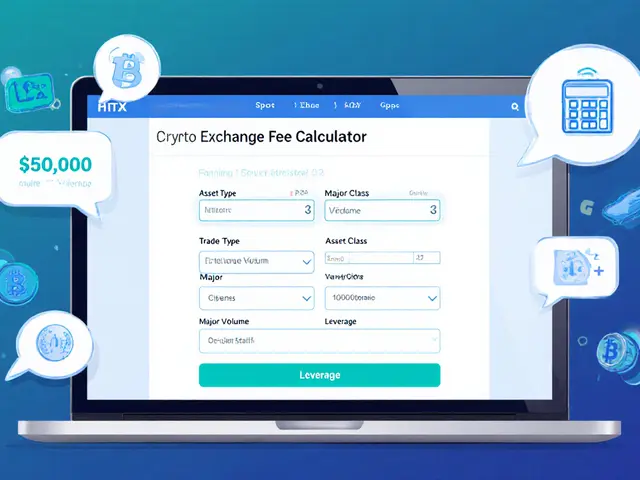
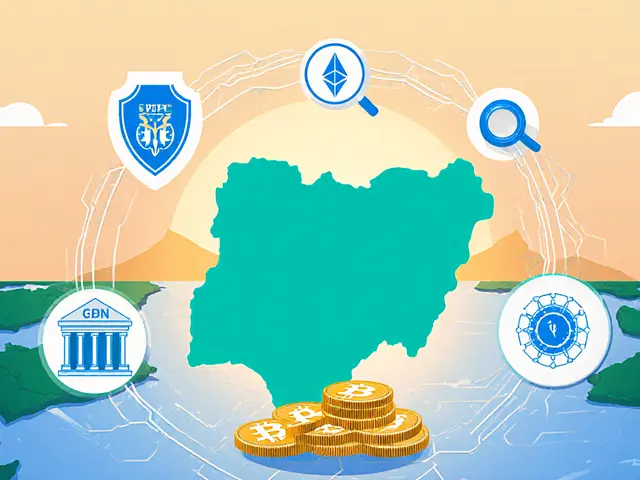
Write a comment